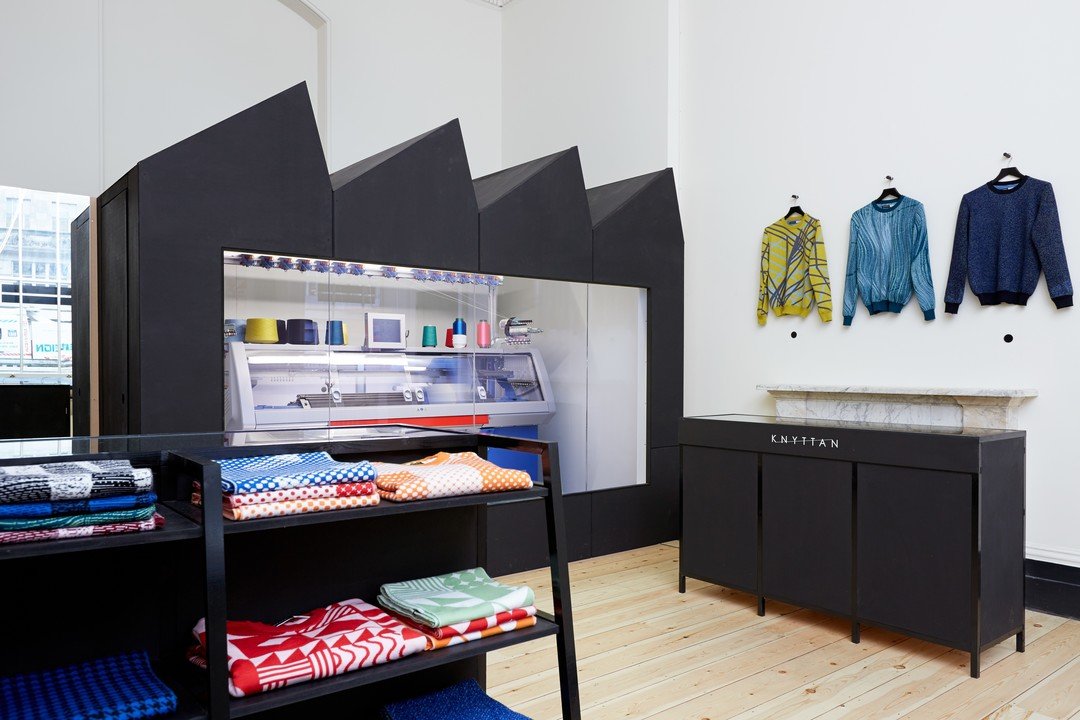The next industrial revolution: mass customization
Industrialization changed the way we consume, from handmade goods to mass manufacturing. In the process, we’ve lost the unique qualities and individuality that came with manufacturing our own goods. A new industrial revolution in technology is changing that. Now, a handful of companies have capitalized on the customization movement. We now have the ability to customize our own products, with our own personality, and get them manufactured on demand.
While there are several companies that offer personalization, much of it comes in the form of monogramming, or choosing an accent color or pattern. But these few brands are pioneering the idea of manufacturing on demand with mass customization.
Mon Purse
Mon Purse is a brand that lets you design your own handbags and leather goods. The brand launched in 2014 and has seen an 8000% year-on-year growth. They estimate an annualized run rate of $20 million in sales this year and they’ve recently set up shop in Bloomingdale’s in New York.
Unmade
Through Unmade, you can create unique knitted garments suited to your personality, for the same unit cost and speed as mass production. Founded in 2013, the Unmade brand has received nearly $3 million in seed funding from backers including Connect Ventures, Felix Capital, Farfetch CEO Jose Neves and Zegna’s head of digital Edoardo Zegna.
Shoes of Prey
Shoes of Prey allows you to design your perfect shoe, with custom shape, color, and height. Sales have continued to rise for the mass customization shoe brand and a US expansion was made possible with $5.5 million in venture capital and a partnership with Nordstorm, reportedly making a measurable impact on the retailer’s bottom line.
In each of the articles above, Forbes covers the challenges these companies face – like the cost of production, skepticism from the industry, technological requirements, and perfecting the user experience – but, they also talk about their successes. There are two psychological theories that support why these business models are continuing to become more and more successful:
IKEA Effect
The IKEA Effect says we place more value on the products we invest in, for example, into the assembly of our IKEA furniture. In a 2011 study by Norton, Mochon, and Ariely published in the Journal of Consumer Psychology, two groups were given IKEA boxes. One group was given boxes of pre-assembled furniture; the second group was given boxes of furniture that required assembly. Even though they were required to put in the labor to build it themselves, the second group put a higher value on the cost of the furniture!
This translates directly into the customization of products. When we invest the time and effort to customize a product to our specifications, we become co-creators of that product and feel a sense of ownership, even though no transaction has been made. The ability to create the product yourself becomes a value-added experience.
Which leads to the second theory:
Endowment Effect
We place more value on the things we own, or feel like we own, no matter how long we’ve had it. In an experiment by Kahneman, Knetsch, and Thaler from 1990 published in the Journal of Political Economy, participants were given a coffee mug and asked to sell or trade it for an equally-priced item, in this case, a pen. People put more than two-times the value on the mug than on the pen, simply because they already had it in their possession. Naturally, humans are loss-averse, which means we prefer to avoid losses than to acquire gains. Once we feel we own something, it becomes twice as difficult to psychologically let go of it.
This means a higher willingness to purchase a product once we have gone through the process of customizing it. Consumers feel an emotional connection to the product and are more likely to buy because of the bond that they’ve just developed.
